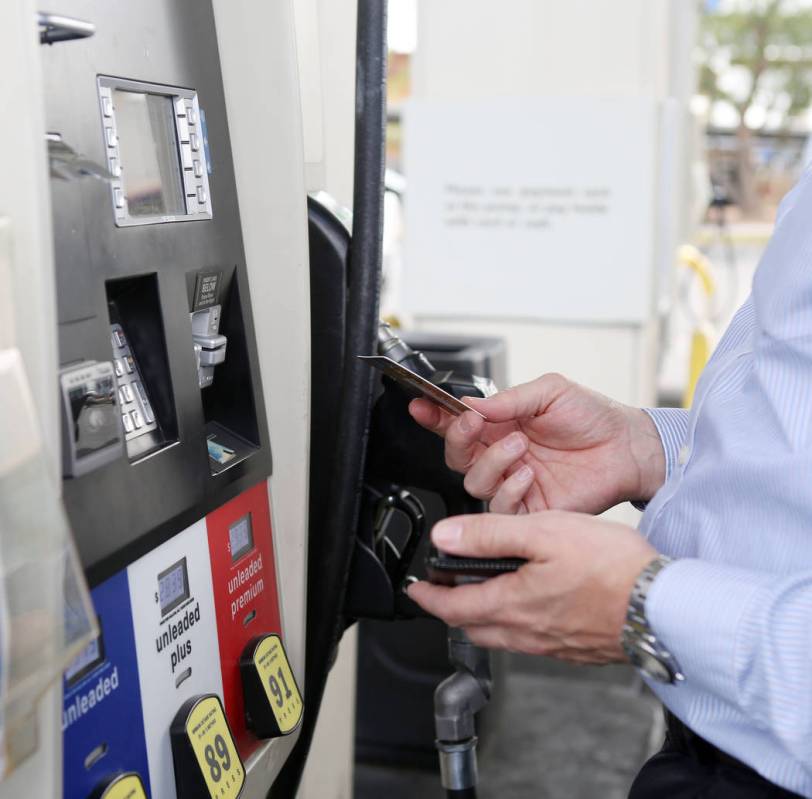
At $2.87, the national gas price average jumped six cents on the week in part due to the White House’s decision to re-impose sanctions on Iran, AAA said this week.
As a result, 36 states are seeing gas prices that are a nickel or more expensive than May 7.
“The administration’s move combined with the switchover to summer blend, growing global demand and shrinking supply continues to fuel pump prices as we approach the summer driving season,” said Jeanette Casselano, AAA spokeswoman.
“AAA predicts that the national average may reach $3/gallon this summer, especially if crude oil prices continue to increase,” Casselano said.
Motorists are seeing 19 percent of gas stations selling gas for $3.01 or more.
Today’s gas price is 16-cents more expensive than one month ago and 53-cents more than one year ago.
The nation’s top 10 most expensive markets are: California ($3.69), Hawaii ($3.67), Washington ($3.38), Alaska ($3.31), Nevada ($3.30), Oregon ($3.28), Utah ($3.15), Idaho ($3.14), Connecticut ($3.04) and Pennsylvania ($3.04).
Drivers in the West Coast region are paying the highest pump prices in the nation: California ($3.69), Hawaii ($3.67), Washington ($3.38), Alaska ($3.31), Nevada ($3.30), Oregon ($3.28) and Arizona ($2.94). On the week, prices in the region have all increased. California and Washington saw the biggest leap at six cents each, while Alaska (+3 cents) saw the smallest increase.
Last week, the average price in Nevada was $3.25.
In Pahrump as of Monday, $2.91 to $2.96, a survey by gasbuddy.com shows. Prices in Pahrump as of May 7 ranged from $2.87 to $2.93.
Nevada fell off the list of the nation’s top 10 states with the largest weekly increases.
That list this week: Ohio (+15 cents), Missouri (+12 cents), Kentucky (+11 cents), Minnesota (+11 cents), Delaware (+10 cents), Florida (+10 cents), Colorado (+9 cents), Maryland (+8 cents), Oklahoma (+8 cents) and West Virginia (+8 cents).
Oil prices climbed to new highs for 2018 last week, following President Donald Trump’s decision to re-impose economic sanctions on Iran and withdraw the U.S. from the Iran Nuclear Deal, AAA said.
Set in 2015 under the Obama administration, the U.S. – along with the European Union, five permanent members of the U.N. Security Council, and Germany – entered into the deal that lifted economic sanctions on Tehran in exchange for the country downsizing its nuclear program.
Some of the pre-2015 sanctions targeted the Iranian energy sector and impeded Iran’s ability to sell oil.